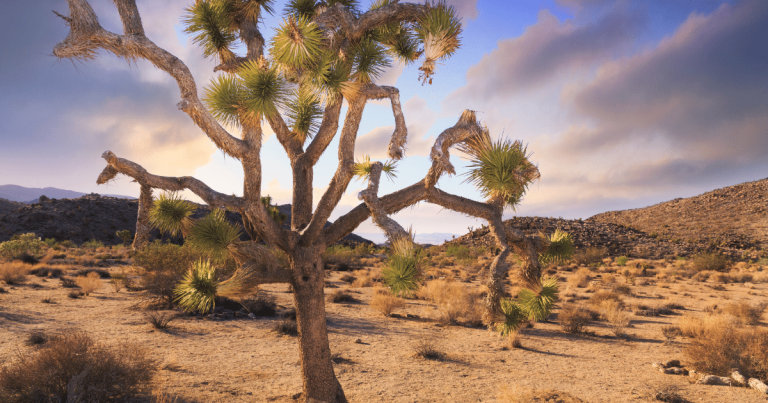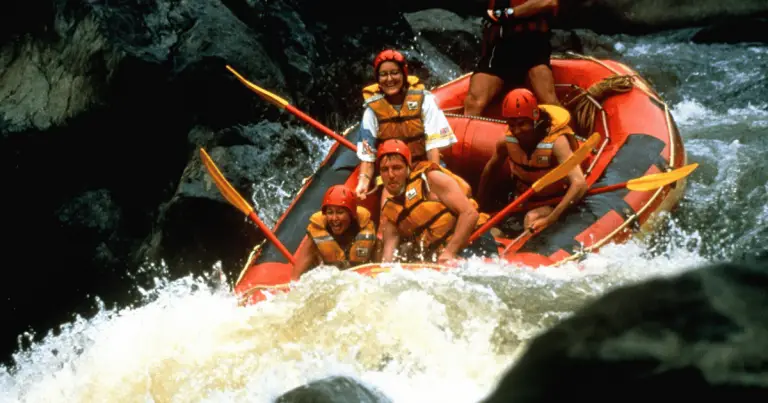All You Need to Know About Lake Tahoe Rocks
Lake Tahoe, nestled in the stunning Sierra Nevada mountains, is renowned for its crystal-clear waters, breathtaking landscapes, and year-round outdoor adventures. But beyond its pristine surface lies a hidden treasure trove of natural wonders – the Lake Tahoe rocks.

These rocks, each with its own unique story etched in time, hold the key to understanding the geological history and fascinating beauty of this iconic region. From the towering granite cliffs that frame the lake’s edges to the volcanic rocks scattered throughout the area. These rocks aren’t mere lifeless formations; they’re the building blocks of Lake Tahoe’s majestic scenery and the foundation of countless recreational opportunities.
The History of Rock Formation at Lake Tahoe
Lake Tahoe’s geological history is a captivating journey spanning millions of years. The formation of these rocks started approximately 140 million years ago, during the Jurassic Period. The area was part of a massive subduction zone where the oceanic plate plunged underneath the continental plate, leading to intense pressure and heat. This geological activity resulted in the formation of the Sierra Nevada Batholith – a mammoth underground body of igneous rock, which serves as the foundation for many of the granite formations seen around Lake Tahoe today.
Over time, the region underwent significant changes. Around 20 million years ago, volcanic activity led to the deposition of volcanic rocks in some sections of the Tahoe Basin. Then, about 2 million years ago, the region experienced a series of massive earth movements. These tectonic upheavals, coupled with extensive glaciation during the Ice Ages, carved out the Tahoe Basin and the strikingly beautiful landscape we see today.
The rocks of Lake Tahoe continue to change and evolve, shaped by weathering, erosion, and other natural forces.
Getting to Lake Tahoe from Key Points
- From San Francisco, CA: The drive from San Francisco to Lake Tahoe typically takes around 3.5 – 4 hours under normal conditions. Travel east across the Bay Bridge, continue on I-80, and pass through Sacramento. Stay on I-80 until you reach the exit for Highway 89 South to reach the West Shore of the Lake. Alternatively, you can take the exit for Highway 267 to reach North Shore.
- From Reno, NV: If you’re coming from Reno, the journey to Lake Tahoe is considerably shorter and usually takes about 1 hour. Head south on Highway 395, then take the exit to Mount Rose Highway (NV 431) and follow it until you reach the North Shore of the Lake.
- From Sacramento, CA: Direct route from Sacramento to Lake Tahoe is about 2 hours long via I-80 E. Once you hit the I-80 E, continue until you reach the exit for Highway 89 South to get to the West Shore, or exit on Highway 267 for the North Shore.

The Role of Rocks in Shaping the Scenery
Rocks and geological features in Lake Tahoe play a paramount role in creating the region’s astonishingly diverse and beautiful landscape. Granite outcrops and rocky terrain, sculpted by the forces of time, have given birth to a multitude of hiking trails. These trails wind through forests, climb mountainous terrains, and traverse along the lake’s edge, offering trekkers breathtaking vistas and intimate encounters with nature.
The rocks also contribute significantly to the formation of cascading waterfalls in the area. As melting snow from the surrounding Sierra Nevada mountains flows downhill, it meets with the region’s rocky topography, creating dramatic waterfalls. The sound of water thundering down rocky outcrops and cliffs, coupled with the sight of misty water droplets sparkling in the sunlight, adds an enchanting charm to any outdoor adventure.
The Different Types of Rocks in Lake Tahoe
The rock formations at Lake Tahoe are as diverse as they are magnificent, painting a geological tapestry that spans millions of years. Here’s a brief overview of the major types of rocks you can find in this region.
- Granite: The most prevalent rock type in Lake Tahoe, granite, belongs to the igneous rock family formed by the slow cooling of magma beneath the earth’s surface. The resultant rock is hard and crystalline, often exhibiting a speckled appearance due to the presence of different minerals. Granite formations can be seen around the lake, including the towering cliffs and outcrops that lend the area its distinctive rugged beauty.
- Metamorphic Rocks: These rocks result from the transformation of existing rock types due to high pressure, heat, or the presence of hot fluids. Examples of metamorphic rocks in Lake Tahoe include schist and gneiss. These rocks often display layering or banding and add to the geological diversity of the region.
- Volcanic Rocks: As a result of volcanic activity that took place millions of years ago, these rocks are primarily found in certain sections of the Tahoe Basin. They include types such as basalt and andesite, which were formed from cooled volcanic lava or ash. These rocks contribute to the varied landscape of Lake Tahoe, providing visual reminders of the area’s fiery geological past.

Rockhounding in Lake Tahoe
Rockhounding, the amateur hobby of collecting interesting geological specimens, is a popular activity in the Lake Tahoe area due to its diverse geological landscape. The region’s substantial geological history has blessed it with a wide range of rocks, making it a haven for rockhounds.
Where to Find Interesting Rocks
Rockhounds can explore the shores of Lake Tahoe, where the constant action of waves and weathering often exposes new specimens. Areas with high granite content, like D.L. Bliss State Park, are excellent for finding distinctive samples of this rugged igneous rock. The Tahoe Basin, rich in volcanic history, is another rewarding location where you can find samples of basalt and andesite.
Tools to Bring
While rockhounding does not require extensive equipment, a few tools can aid in your search for geological treasures. A geologist’s hammer or pick is useful for extracting specimens from larger rocks. A hand lens allows you to examine the fine details and crystal structures of rocks, while a field guide to rocks and minerals can help you identify your finds. Don’t forget a sturdy bag or backpack to carry your discoveries.
Best Times for Rockhounding
Rockhounding is a year-round activity in Lake Tahoe; however, the most favorable time for this endeavor is during the spring and fall months. Springtime melt can reveal new specimens previously hidden under snow, while fall’s lower vegetation makes ground-level rocks more visible.

Rock Climbing in Lake Tahoe
Lake Tahoe is a haven for rock climbing enthusiasts. Its diverse geological formations offer climbs that are as challenging as they are scenic. Some of the popular rock climbing spots include:
- Donner Summit: Renowned for its high-quality granite and a wide variety of climbs, Donner Summit is a must-visit spot for every climber. Its multi-pitch routes offer stunning views of the surrounding landscapes.
- Lover’s Leap: This towering granite cliff offers numerous climbing routes, ranging from beginner to advanced. Known for its long, vertical cracks, it’s an ideal spot for traditional climbing.
- 90 Foot Wall: Located near Emerald Bay, this wall is perfect for beginners and intermediate climbers. Its accessibility and the sheer variety of routes make it a popular choice among climbers.
Safety should be your top priority while climbing. Always check the weather forecast before you head out and be aware of your surroundings. Using a helmet is a must to protect you from falling debris. Moreover, proper footwear will provide the needed grip on rocky surfaces. Always climb in pairs or groups, and ensure that someone not in the group knows your climbing plan.
When it comes to equipment, a reliable climbing rope, carabiners, a harness, and belay devices are essentials that should be part of your climbing gear. If you’re climbing in Lake Tahoe’s colder months, make sure you have the appropriate cold-weather gear.
Visiting Lake Tahoe for Free
Visiting the diverse and stunning rock formations around Lake Tahoe is predominantly free, as many are located in public areas that do not require an entrance fee. However, certain state parks or privately owned areas may charge a nominal entrance fee.
Final Thoughts
Lake Tahoe’s diverse and extraordinary geological landscape provides a unique window into the earth’s dynamic past. Whether you’re an amateur rockhound, an avid climber, or simply someone who appreciates the rugged beauty of nature, the rocks and formations of Lake Tahoe offer a rich, tangible testament to the transformative powers of heat, pressure, and time. They stand as silent, stalwart reminders of our planet’s vibrant geological history, inviting us all to look, learn, and marvel.






